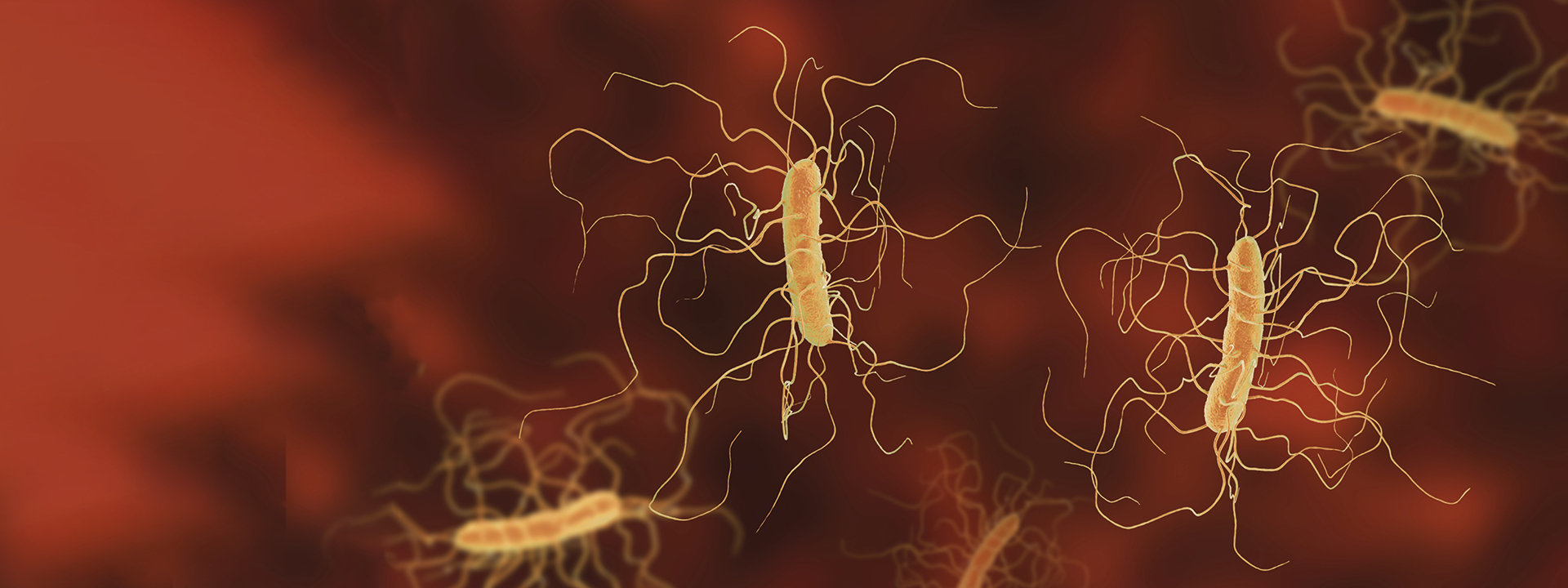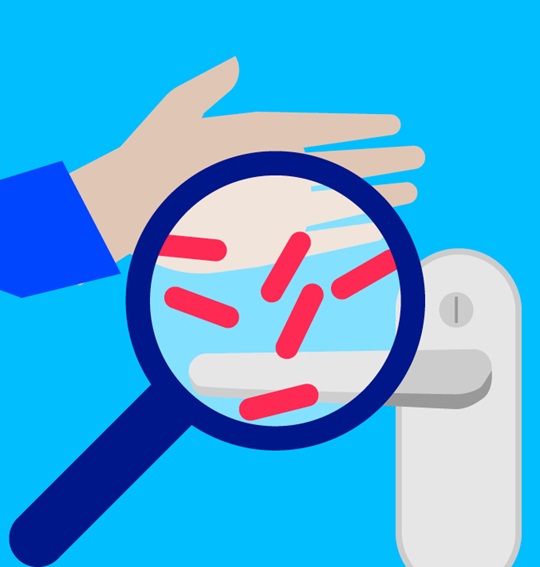HARTMANN SCIENCE CENTER


Since 1986, International Infection Prevention Week (IIPW) in October has drawn worldwide attention to the importance of infection prevention. This is still a highly relevant topic today, as spore-forming bacteria pose a particular challenge to infection prevention: they survive standard cleaning protocols and are resistant to many disinfectants. Clostridioides difficile (C. difficile) is one of the most significant pathogens encountered in everyday clinical practice. Since 2003, there have been reports worldwide of an increase in the incidence and severity of C. difficile infections [1]. The aim of IIPW is to educate healthcare professionals and the general public about hygiene measures for Clostridioides difficile and to raise awareness that every individual plays a crucial role in infection prevention.

Formerly known as Clostridium difficile until 2016, Clostridioides difficile is an anaerobic, spore-forming, Gram-positive, rod-shaped bacterium. It is found in the intestines of humans and animals, as well as in the environment, for example in soil or water. C. difficile is transmitted via faecal-oral smear infection. Transmission mainly occurs through direct or indirect contact with contaminated persons or surfaces [2].
A particular challenge is that the spores of C. difficile survive many common disinfectants and cleaning procedures. Since 2003, there has been a worldwide increase in the frequency and severity of C. difficile infections (CDIs) [1]. It is estimated that there are over 150,000 cases per year in the EU/EEA and up to 500,000 cases in the USA [4, 5].
CDI can cause a variety of symptoms. Pathogenic strains produce toxins that lead to intestinal inflammation. Possible consequences include [2]:
Preventing and containing CDI requires consistent coordination of various hygiene measures. Controlled use of antibiotics is essential to reduce the risk of infection. Suspected and confirmed cases must be identified and treated promptly by trained personnel in accordance with established hygiene standards [2].
Affected patients should be accommodated in single rooms with their own bathroom facilities, and cohort isolation is advisable in the event of an outbreak. Personal protective equipment (PPE) must be worn when providing care, including long-sleeved protective gowns, disposable gloves, and a mouth and nose mask in the event of vomiting. Medical devices and care aids must be used on a patient-specific basis. If this is not possible, disinfectants proven to be effective against C. difficile must be used on the medical devices [2]. Isolation should continue for at least 48 hours after symptoms have subsided [6].
Special attention should be paid to hand hygiene: gloves should be put on before entering the patient's room, changed when activities change and hands should be disinfected and then washed before leaving the room. Patients should also be encouraged to practice thorough hand hygiene before eating, after using the toilet, and when leaving the room [2].
The following applies to surface hygiene: Areas close to patients and wet rooms should be treated daily with a sporicidal surface disinfectant at the required concentration and exposure time [7].

References: